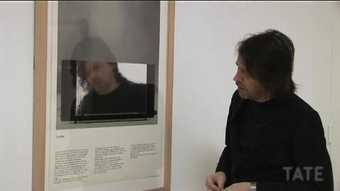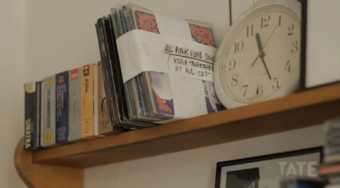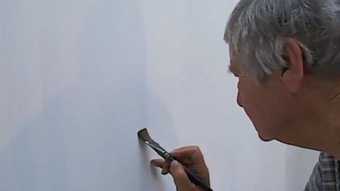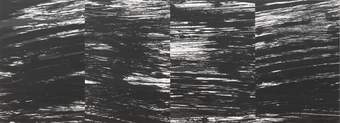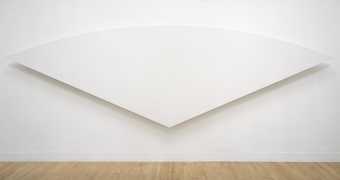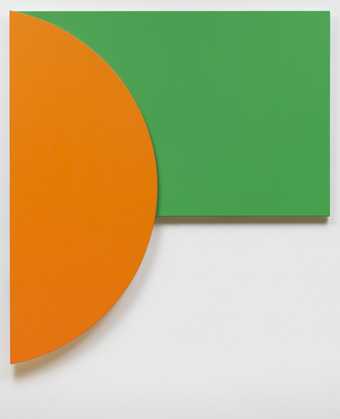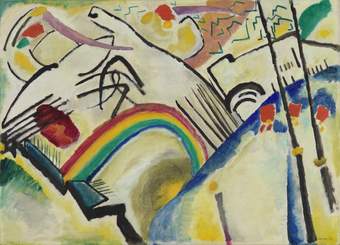Alex James: The first time I saw Ellsworth Kelly was on a wall. It was just an abstract shape… [I] just like the language of very bold, bright shapes. I think it’s sort of right at the heart of…. cuts right to the heart of aesthetics. I’m just drawn to his work. There’s something incredibly calming about simple geometric shapes. How could this be simpler? It’s white. It’s not even painted. It’s form. It’s made out of aluminium, and it’s hard to say whether it is a painting or a sculpture really. I suppose it’s a bit of both. It’s mounted off the wall, I think to give it some kind of depth, probably. I’m not sure whether that really is a part of it. I think you just need to have it mounted. You need the shadow in order to appreciate the shape. This is an earlier work. The white starts to take over. I thought it was a red painting just now. Now I think it’s a white painting. This is somewhere between a canvas and a sculpture, and this is a sort of complete hybrid. It’s just an object really. It just gets me thinking about shape and form. It’s the hardest thing to do – things that are sophisticated and simple at the same time. You know, a good pop song being an example. The hills outside of Ellsworth Kelly’s house might have suggested a shape like this, but I think this doesn’t represent the hills. This is what the beauty of the hills represents in its purest, most abstract, essential kind of way. It’s the kind of… the curve of the surface of the globe. I like to think that he was familiar with Einstein’s idea of curved space because it’s a lot about dimensionality. I think the longer you look at that, the cleverer you would get.


